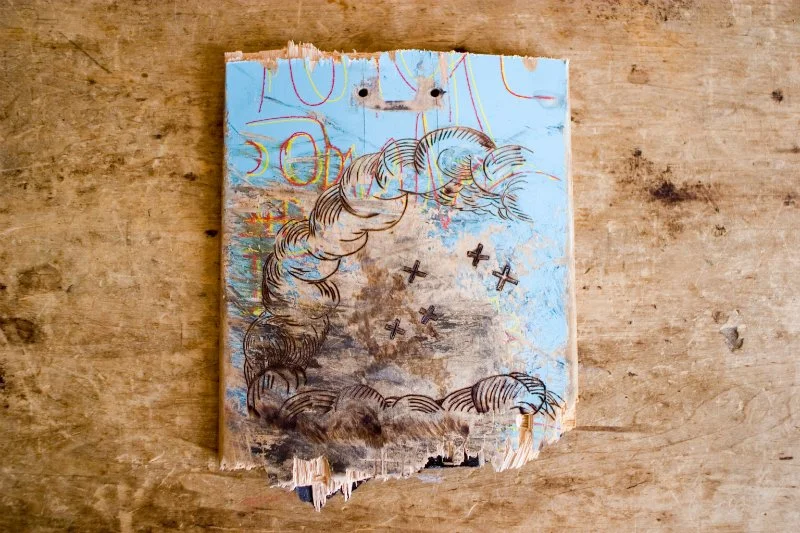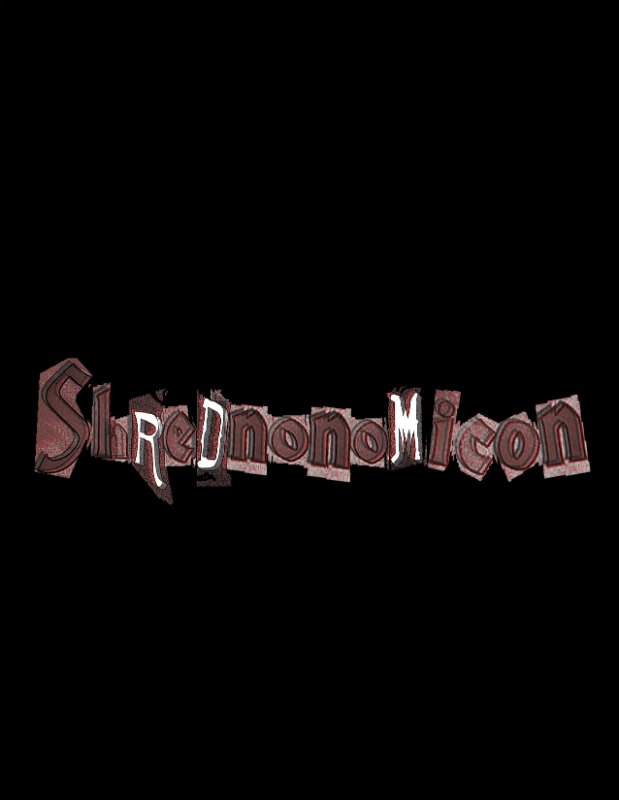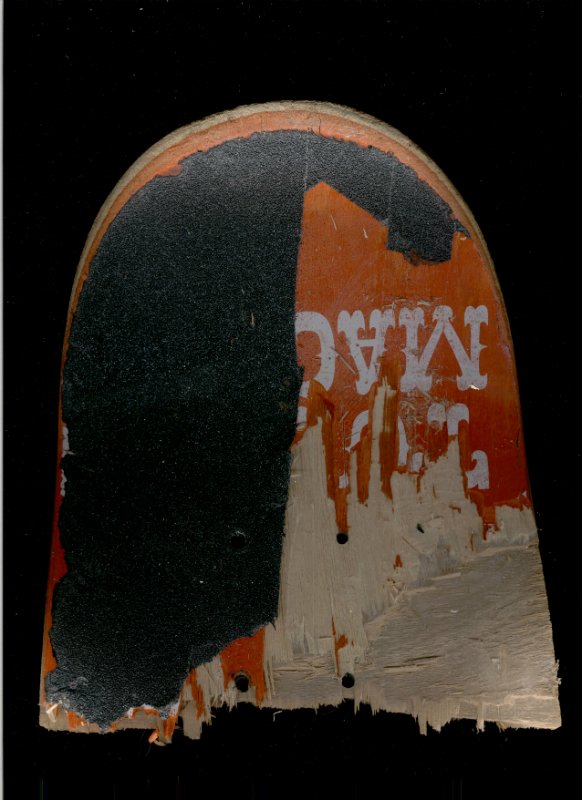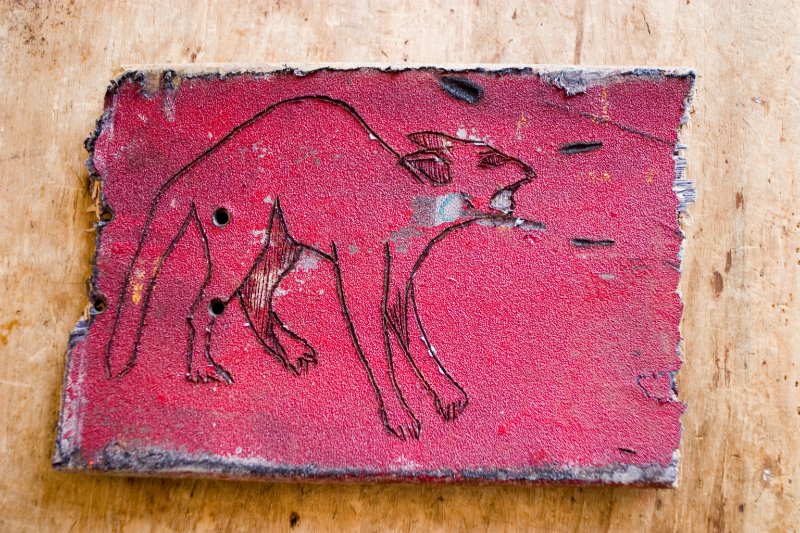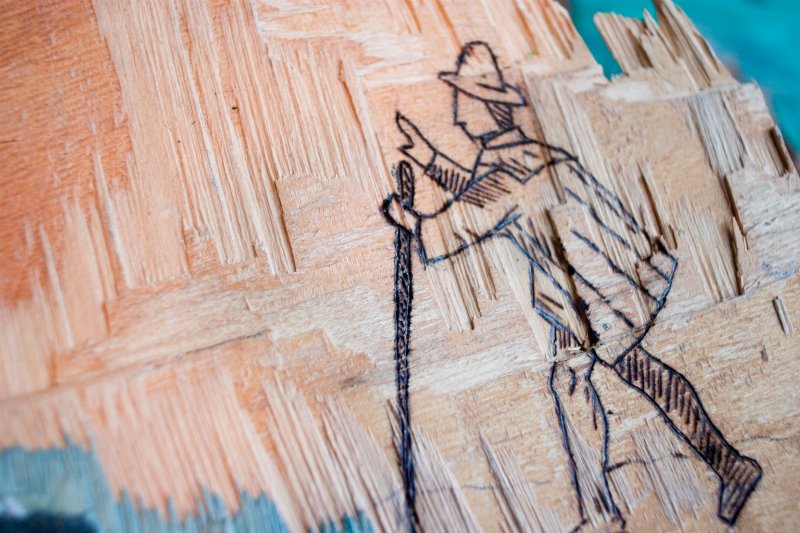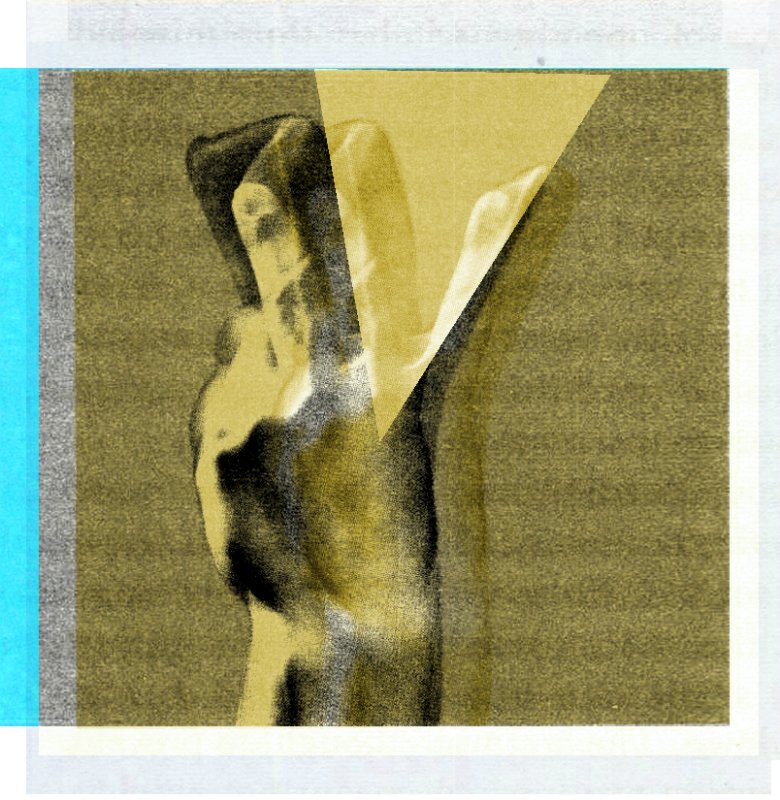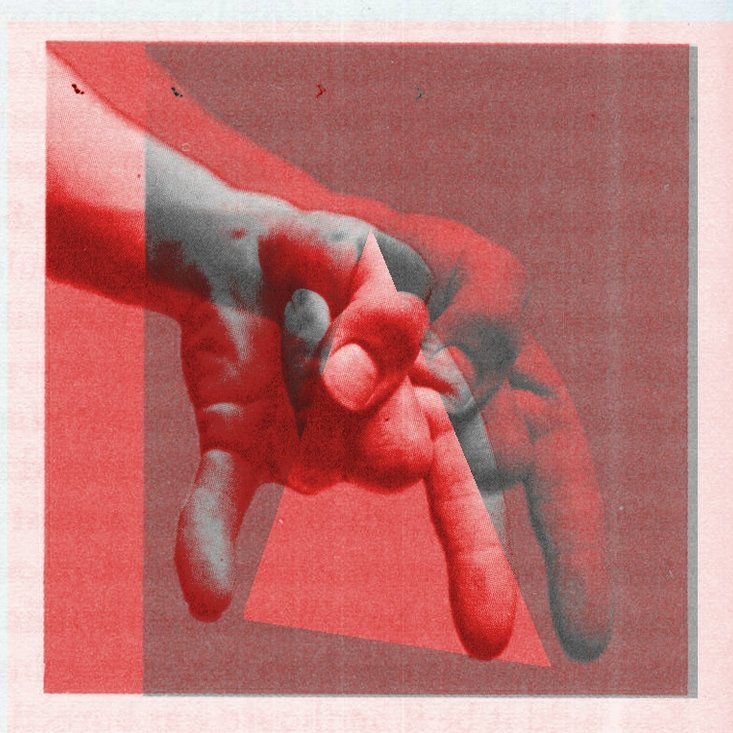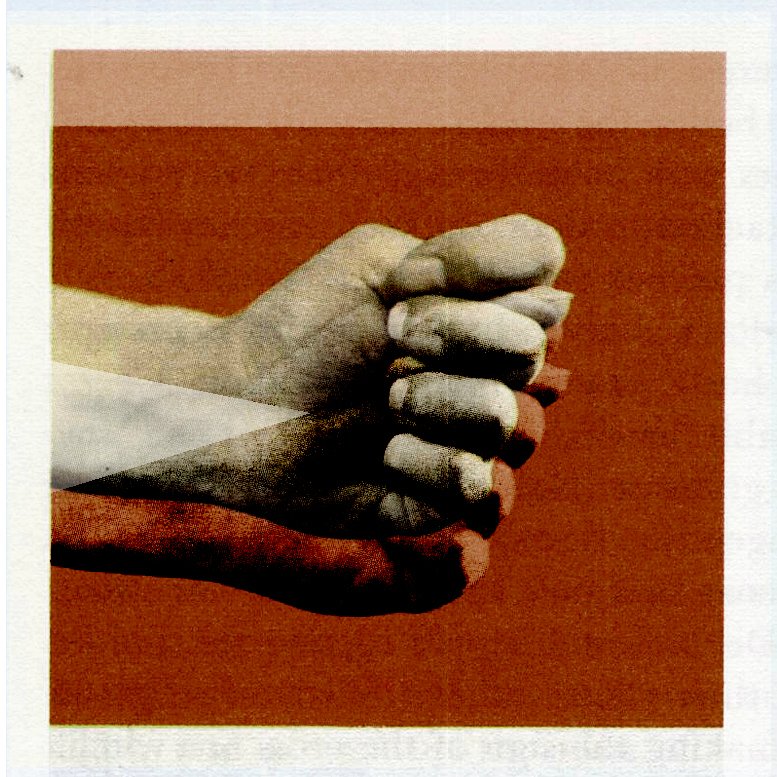The Shrednonomicon was created by Kristen Gallerneaux and Bernie Brooks working as “That Evil Mess.” It is an installation and performance that includes sculpture and printed works.
Skateboarding transforms urban and suburban space. Street skating inserts new use values into the city streets, serving as an upheaval against the hierarchies of normative space as laid out by institutions and governments (SSC 238). Skating public monuments, utilitarian objects in parks, and Modernist architecture is a simultaneous act of destruction and reincarnation. Elements in the infrastructure are gouged, sharp corners are broken down, and surfaces are discolored by the transfer of board graphics through the melding of body, board, and architecture – a result of the aesthetic practice of imprinting in skating. Ideas of reconnaissance, espionage, and aggression were grafted onto suburban space beginning in the mid-1960s through the 1970s as skaters hijacked empty pools in back yards (see SSC) in LA, and this spread to other communities. Whether urban or suburban, the reuse of unused property draws attention to the production and lifecycles of space in the built environment.
Skate culture is visually documented through an “archive of moves” (SSC 127) in magazines and video parts. Tricks can fall out of favor, but can be revived through still and moving images, through improvised emulation. The encapsulation of the purely physical aspects of the culture helps to preserve highly complex actions with the idea that they will be re-enacted, stand as testimony to skill, and survive through perpetuation.
A quote from the skate culture magazine Thrasher relates: “Style isn’t the full action-wear wardrobe and the upper lip curled sneer. Style is the backspin on the quarters as you put them in the candy machine.” (SSC Thrasher, vol 7, no 8, August 1987, p.48) ‘A Matter of Style’. So, proceed with this in mind, and within this piece know that skate culture can be read as a stand-in for ANY subculture that has been overly commoditized and reduced to fashion.
The SHRENONOMICON is both a subcultural summoning and banishment. As a ritual it attempts to summon the true iconoclasts and iconoclastic spirit of skate culture. The RITUAL points towards a return to a period when this subculture existed as an alternative to, if not outright rebellion against, the alienated, workaday suburban existence of middle class America and higher education. As an alternative in which making money was never a “real” option, in which “feeling something” was paramount, and a time in which there was “no future.” THE RITUAL is performed within the context of this autonomous zone, and is intended to banish the grossly commoditized, conformist culture – a willful Sisyphean task in which “the authentic” is continually invoked to become reunified with subversive roots. The RITUAL is intended for use by outliers.
The material aspects of THE RITUAL will be constructed of the artifacts of the “embodied cultural capital” of skateboarding and the cultural practices and traditions that have over time become attached to the activity. It is important that the materials that represent the material aspects of the RITUAL be of zero economic value, that they tangentially represent several forms of non-purchasable skill or attitudes. In this case, broken skateboards used by non-celebrity skaters play a central role in THE RITUAL. As objects, they are potent and sensuous through their use, yet they are useless and “used up,” acting as singular objects wherein only embodied energy remains.
Ritual necessities are laden with embodied cultural capital, strange energy and invisible acts of labor. The Hand of Glory, a braid of human hair, the photographic image are all once was, and are at the same time imprinted with latent expenditures enacted by or as in previous contact with the human body. The broken skate deck carries the physical marks and imprints of expenditure of body and time upon surface and space.
The act of skateboarding in its original sense is an act of unrecoverable labor after the initial investment of equipment. After this “post-commodity” phase, the skate deck is no longer exchangeable, and transmutes into the realm of unalienated work in the pursuit of sensorial fulfillment. The reward is the work. The highly commercialized skate culture that exists in opposition to what THE RITUAL attempts to remedy occurs in the form of a purchasable lifestyle, a continuous embodiment of fetishized object desire that has a truncated relationship with the original intentions that surrounded the “authentic” form of culture. The skate deck is in a sense an “anti-fetish,” an object of tabula rasa – an “anti-artifact” through its use and abuse. These objects are always “becoming-dead” in their connection to performance and eventual ruin, whereupon they transcend to become relics, as viewed through the lens of the SHREDNONOMICON.
